Article Audio
Art: A Force for Peace in a World of Conflict
War leaves scars – on landscapes, communities, and the human soul. The devastation of armed conflict reverberates long after the weapons fall silent. Yet, even amidst the echoes of violence, a force of profound beauty and resilience can emerge: art.
Art transcends the language of warfare. It speaks in colors, melodies, movement, and words, tapping into the universal human experience. It offers a space for healing, dialogue, and envisioning a future beyond conflict. Let’s explore how art can be a powerful catalyst for peace.
Art as Healing
War inflicts trauma both physical and psychological. Art therapy provides a safe, expressive outlet for the survivors of violence. Through painting, sculpture, music, or drama, individuals can confront their pain, process their emotions, and begin the journey of healing. Art allows them to reclaim a sense of control and rebuild their shattered lives.
Art as Dialogue
In societies torn apart by conflict, the mere process of creating art together can be transformative. Members of opposing groups, once locked in a cycle of violence, can come together through collaborative art projects. Artistic expression can break down barriers, foster empathy, and open channels of communication where there was once only hostility. Think of a joint mural project by young people on opposite sides of a divided city – an act of defiance against hatred and a visible testament to the possibility of coexistence.
Art as a Voice for the Voiceless
Artists can give a voice to victims of war and raise awareness of the human cost of conflict. Plays, paintings, photographs, and documentaries can bear witness to atrocities, challenge dehumanizing narratives, and mobilize people against oppression. Consider the powerful anti-war works of artists like Pablo Picasso or Käthe Kollwitz, whose art resonates across generations as a timeless plea for peace.
Building a Culture of Peace
Art doesn’t just depict the consequences of war, it can inspire us to create a world where conflict is less likely. Through education and community art programs, young people can learn empathy, critical thinking, and conflict resolution skills. Art can promote a culture of tolerance, respect for diversity, and the inherent value of each human life.
Art in Your Own Life: A Call to Action
You don’t have to be a world-famous artist to use creativity for peacebuilding. Here’s how you can bring the transformative power of art into your own life and community:
- Explore different art forms: Write, dance, sing, or paint to express your emotions, even if you don’t consider yourself an “artist.”
- Support artistic initiatives that promote peace: Attend exhibitions, performances, or workshops that highlight themes of peace and reconciliation.
- Use art to engage in dialogue: Start a conversation about a piece of art with someone whose views differ from your own. Practice listening with curiosity instead of judgment.
Remember, the act of creating is, in itself, an act of hope. Through art, we can find beauty amidst destruction, connect with our shared humanity, and envision a more peaceful future.
Let’s use our creativity – whether through a simple sketch, a heartfelt song, or a collaborative community project – to sow the seeds of peace, for ourselves and generations to come.
Why Should You Care?
- Understanding the Transformative Power of Art: Art isn’t just about beauty. Learning about its role in peacebuilding reveals its capacity to heal, build bridges, and inspire change in times of conflict.
- The Need for Alternative Peace Strategies: Traditional diplomacy and negotiation are key, but art offers a unique and powerful complement to conflict resolution efforts.
- Nurturing your Own Creativity for Social Good: This article can ignite inspiration to use your creative talents to foster understanding and promote peace in your own sphere of influence.
Key Takeaways
- Art offers a powerful means of healing the wounds caused by war and violence.
- Creative expression can foster dialogue and understanding between groups divided by conflict.
- Art can amplify the voices marginalized by war and advocate for a more just and peaceful world.
- Through art education and community programs, we can cultivate a culture of peace for future generations.
Keywords
- Peacebuilding: Active efforts to reduce conflict, promote reconciliation, and create structures for lasting peace.
- Art Therapy: The use of artistic processes and creative expression to address trauma and improve emotional and mental well-being.
- Empathy: The ability to understand and share the feelings and experiences of another person.
- Reconciliation: The process of restoring relationships and building trust after periods of conflict or division.
- Conflict Resolution: Processes and techniques aimed at finding peaceful solutions to disagreements or disputes.
- Collaborative Art: Artistic projects where multiple individuals come together to share in the creative process.
- Atrocities: Acts of extreme cruelty and violence, especially during wartime.
- Dehumanization: The process of stripping individuals or groups of their humanity, often a tactic used to justify violence against them.
- Tolerance: Respect and acceptance of beliefs, practices, and identities different from one’s own.
- Culture of Peace: A society where values, attitudes, and behaviors promote peace, non-violence, and social justice.
Frequently Asked Questions
Can art really make a difference in major conflicts?
While art alone won’t solve complex wars, it plays a critical role in long-term healing processes, shifts social narratives, and fosters a mindset receptive to peace.
How can I support peacebuilding through art?
Support artists working in conflict zones, attend relevant exhibitions, or donate to organizations using art for peace initiatives.
What if I’m not an artistic person?
Even appreciating art, engaging in discussions about it, and supporting creative endeavors contributes to a culture that embraces art’s peacebuilding potential.
Myth Buster
Myth: People involved in wars just need to ‘get over it’ and move on.
Reality: War trauma has lasting psychological effects on both combatants and civilians. Art therapy provides a vital outlet for healing that can’t be rushed.
Let’s Talk!
- Can you think of an example where art was used to promote peace or understanding? (historical or current)
- How could art be used to address conflicts in your own community?
- Do you believe art has the power to change the minds of those committed to violence? Why or why not?
Let’s get the conversation flowing – share your thoughts in the comments!
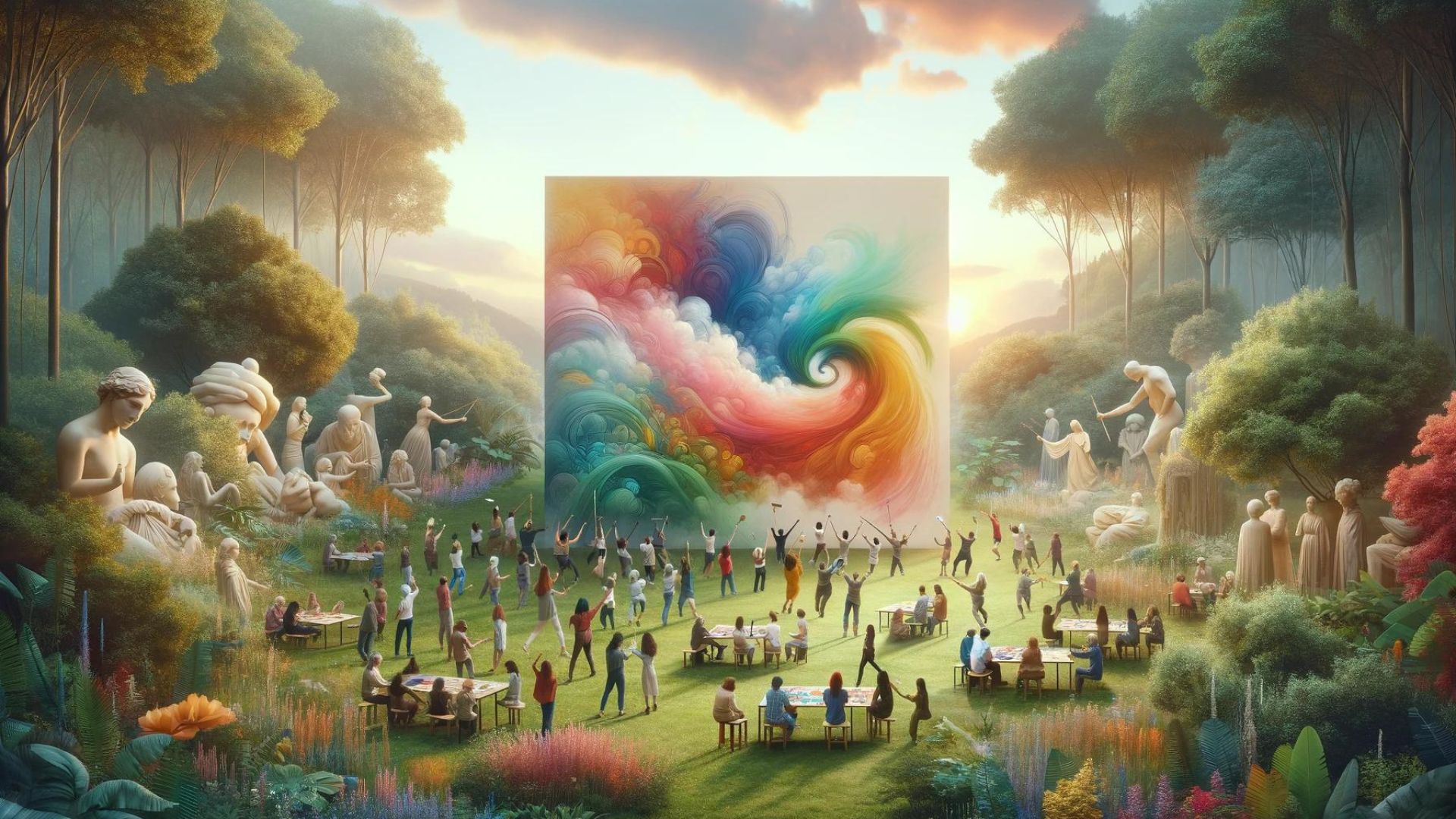

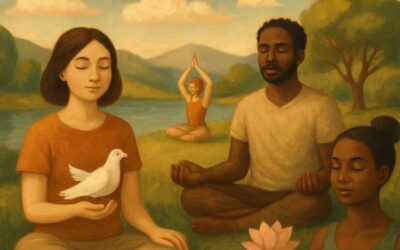
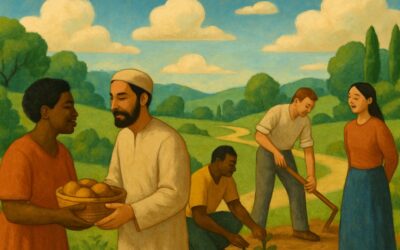
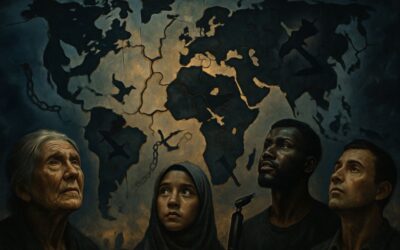

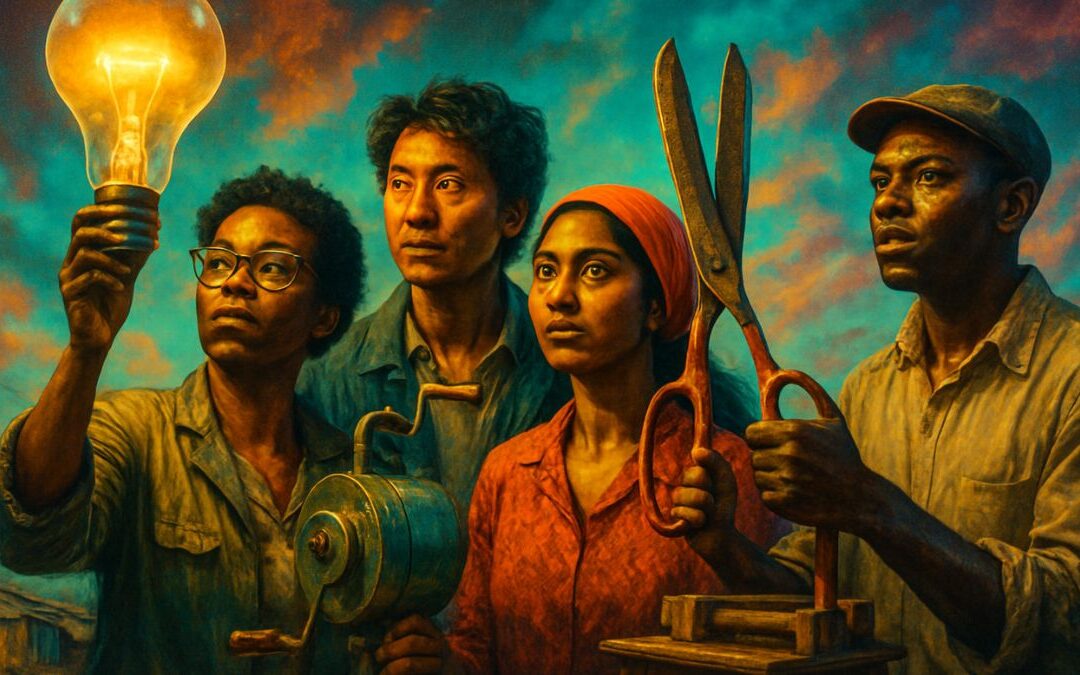
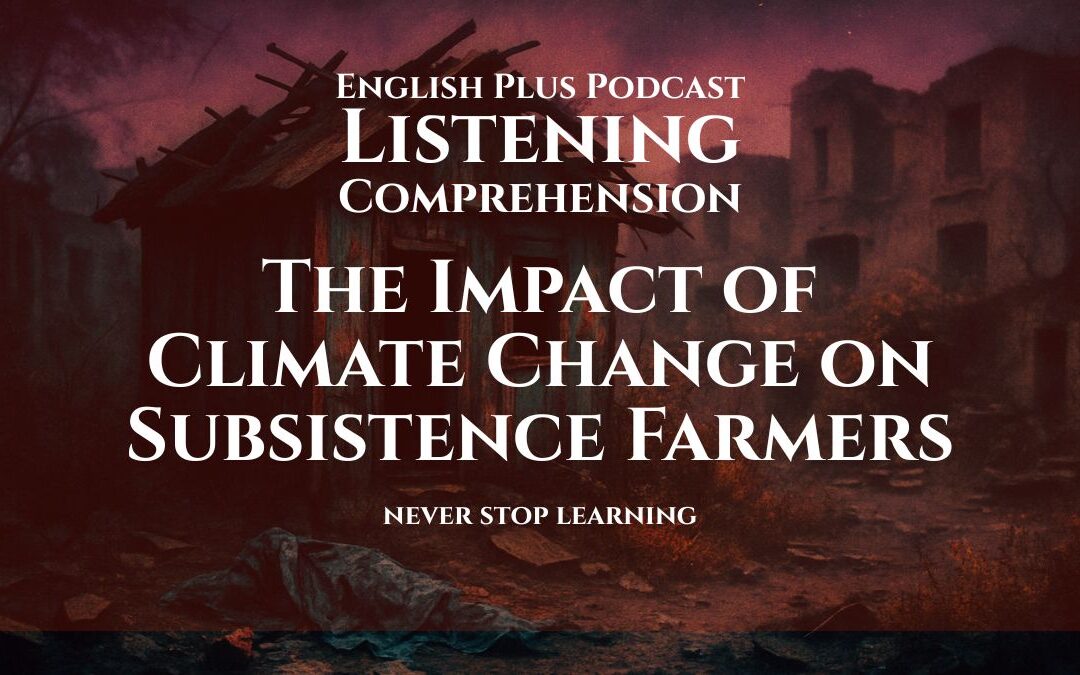
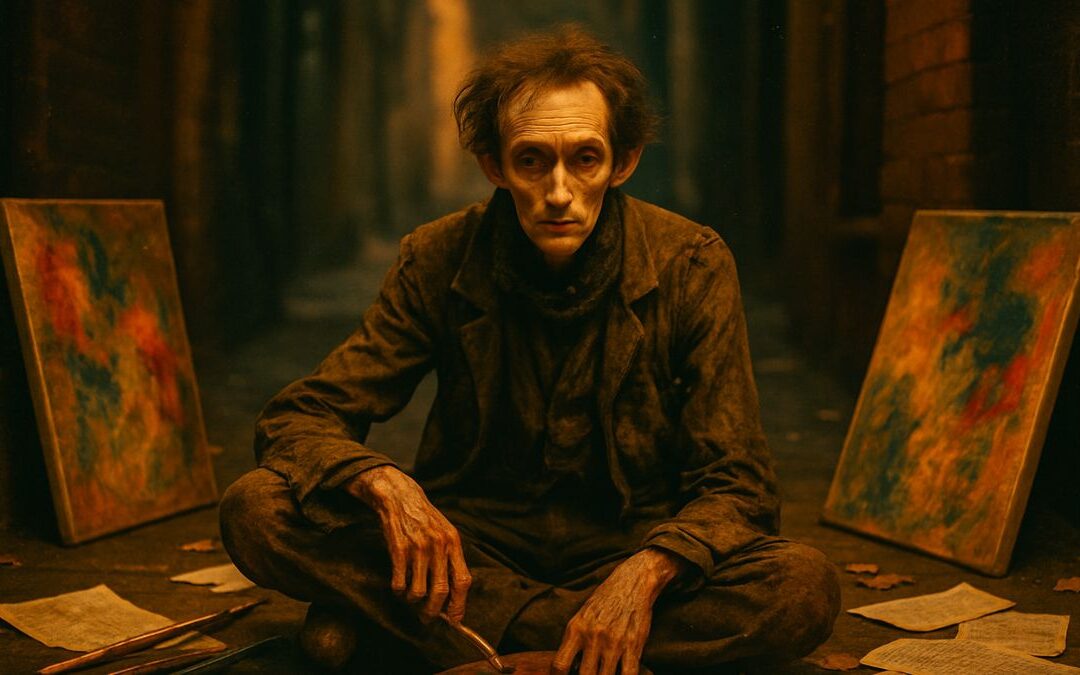
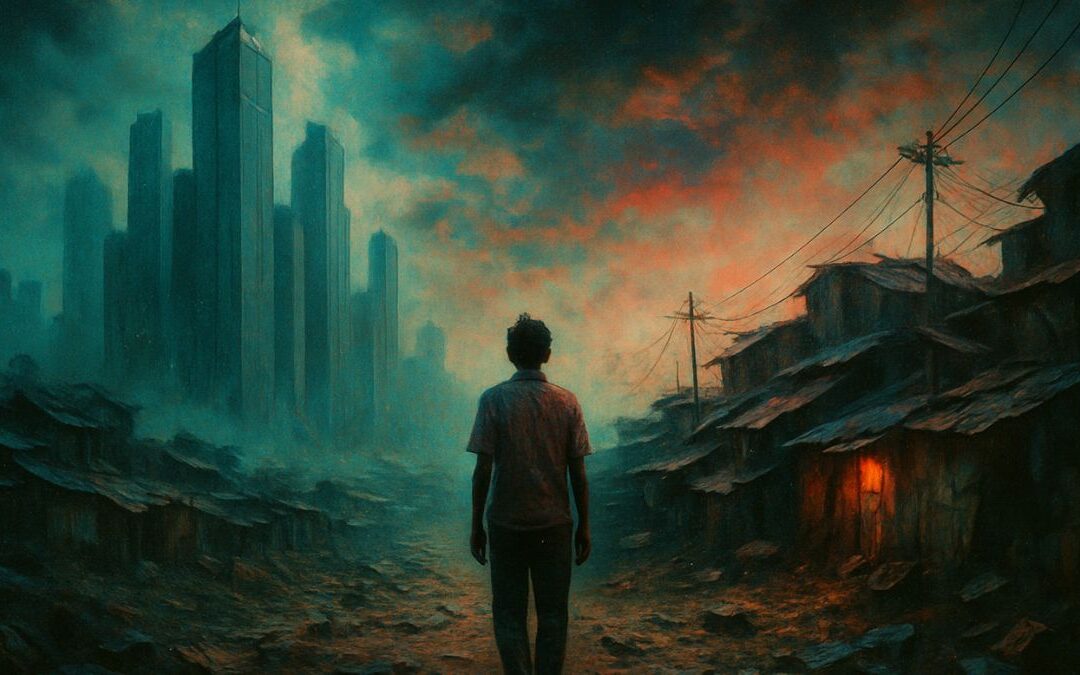
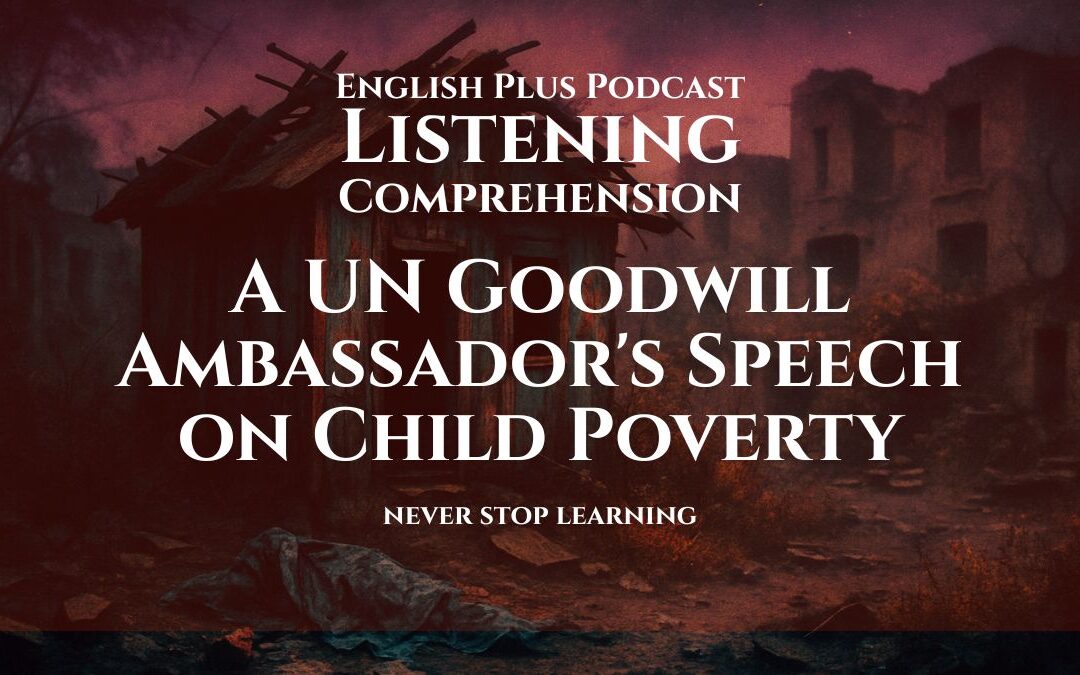
0 Comments